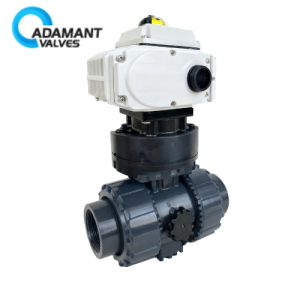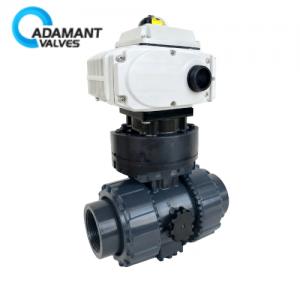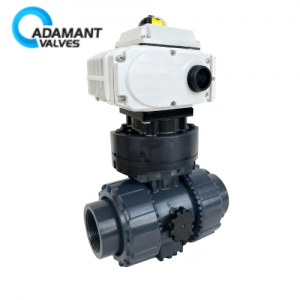Brief Introduction of Liquefied Gas Shut-off Valve
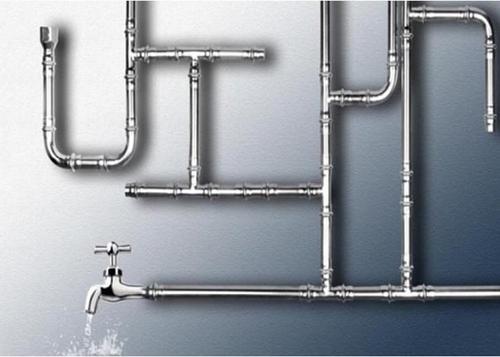
The opening and closing member of the liquefied gas shut-off valve is a plug-shaped valve flap. The sealing surface is flat or cone-shaped. The valve flap makes linear motion along the centerline of the fluid.
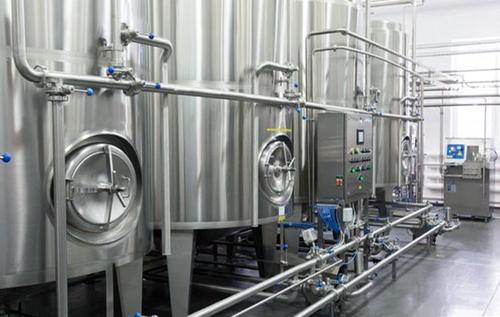
The movement of the valve stem includes lifting rod type (the valve stem lifts while the hand wheel doesn’t lift) and lifting rotating rod type (the hand wheel and the valve stem rotate and lift together, the nut is located on the valve body). Bellows shut-off valve is only suitable for being fully open and fully closed and is not allowed to regulate and throttle.
The liquefied gas shut-off valve is a mandatorily sealed valve, so when the valve is closed, pressure must be applied to the valve flap to ensure there’s no leakage in the sealing surface. When the medium enters the valve from below the valve flap, the resistance the operating force needs to overcome is the friction between the valve stem and stuffing and the thrust produced by the pressure of the medium.
The force used to close the valve is larger than the force used to open the valve, so the diameter of the valve stem needs to be large, otherwise, valve stem bending failure will occur. In recent years, since the appearance of the self-sealing valve, the flow direction of the medium of sanitary shut-off valve is into the valve chamber from above the valve flap.
Under the effect of the pressure of the medium, the force used to close the valve is small and the force used to open the valve is large, so the diameter of the valve stem can be reduced accordingly. Meanwhile, under the effect of the medium, this type of valve is also tight.
Liquefied gas shut-off valve has the following advantages:
1. Simple structure, which makes the manufacture and repair very convenient.
2. Small working distance, short opening and closing time.
3. Good sealing, small friction between sealing surfaces, and long service life.
Liquefied gas shut-off valve has the following disadvantages:
1. Large fluid resistance. The force needed to open and close it is large.
2. Not suitable for the medium that has particles, a large degree of viscosity, and is easily coked.
3. Poor regulating performance.
According to the position of the valve stem thread, the type of liquefied gas shut-off valve can be divided into external thread type and internal thread type. According to the flow direction of the medium, it can be divided into straight-through type, direct flow type, and angle type. According to the sealing form, it can be divided into a stuffing sealing shut-off valve and bellows sealing shut-off valve.


